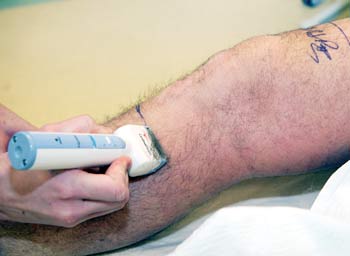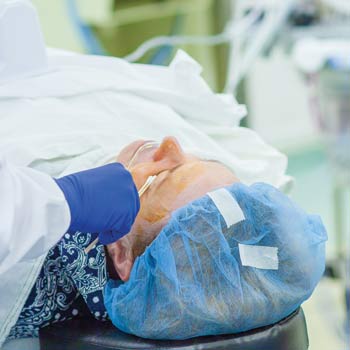You're probably aware that most surgical site infections are caused by patients' microbial skin flora flaking into surgical wounds. You also know skin prepping eliminates resident and transient microbes on the body's first line of defense against infection and prevents the growth of microorganisms around the incision site. But are you certain your staff applies pre-op skin prep solutions correctly and allows enough time for them to dry? Don't count on it. National statistics show that surgical teams follow proper application instructions and allow for adequate dry times in fewer than half of all cases.
You need to ensure your staff isn't part of that troubling trend, and internal audits are a proven way to identify where gaps in best practices are occurring. There are many competency tools available to help guide observations of your team in prepping action, including AORN's Competency Verification Tool for Skin Antisepsis (osmag.net/VkY7jQ) or the Agency for Healthcare Research and Quality's (AHRQ) Surgical Skin Preparation Audit Tool (osmag.net/jHM3mS). Some tips for effective auditing include:
- Ensure the auditor is familiar with the manufacturer's instructions for the specific prepping product being used.
- Use an auditor who is not assisting with the skin preparation, so she can objectively document each measure.
- Perform audits randomly and across a variety of procedures to achieve a more global assessment of compliance.
- Audit as many procedures as you can. The AHRQ tool recommends auditing at least 10 procedures, although it points out that "the more patients you review, the more likely you are to identify opportunities to improve the adequacy of surgical skin preparation."
- Pay attention to proper prepping of specific body areas. For example, before shoulder surgery, ensure the axilla, an area of higher microbial colonization, is prepped last. In abdominal procedures, ensure the umbilicus is prepped first in order to avoid splashing debris from the umbilicus onto the prepped abdomen.
- Monitor these skin prep variables as well. Among the Association of Surgical Technologists recommendations for proper documentation are patient education and pre-operative instructions, assessment of allergies, removal and handling of jewelry, method of hair removal if applicable, prep parameters and time of prep (including dry time).
Don't hesitate to engage industry professionals to assist with evaluating and improving compliance with best practices. These industry reps are well versed in their products' directions for use and can provide an element of objectivity in the assessment process. In many cases, they will also provide interventions to improve compliance in those areas demonstrating need.
.svg?sfvrsn=be606e78_3)


.svg?sfvrsn=56b2f850_5)